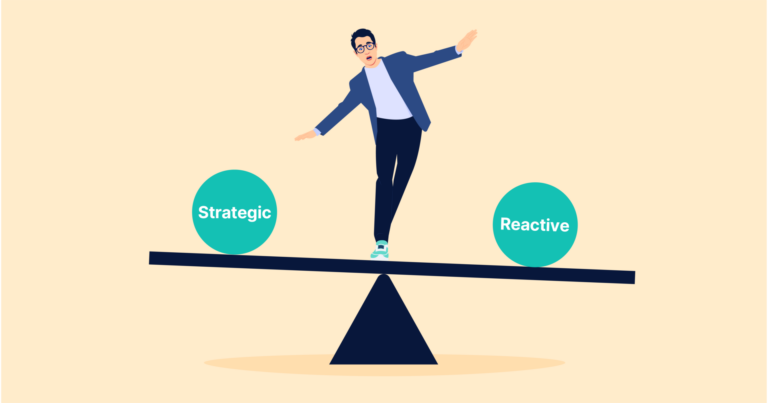

This mounting pressure begs the question: how will we come together to create solutions that deliver legal services efficiently and at a lower cost? Something has to give, as the equation of less time plus fewer resources and more work does not equal feasible or sustainable.
Richard Susskind, Author and President of the Society for Computers and Law, believes technological innovation is the key. He is adamant that the reigning era of Big Law will soon end, that law firms must pivot to focus on innovative legal solutions rather than sticking to traditional ones. If they don’t, they may find themselves becoming redundant in the face of new technologies that will better serve the demands for legal services.
Linking technology with lawyers will produce a powerful combination, one that can better serve clients and the mounting demands than current arrangements. It would be a mistake to ignore the fact that our world is an increasingly digitized and industrialized world. It is essential legal services be on the same technological playing field as the industries they serve.
“Innovation is where the real excitement will begin in the world of legal technology for lawyers, not automating what we’ve already done,” says Susskind.
Solving the imperative issue of doing more with less requires shifting the legal industry’s mindset to embrace innovation. To achieve this will require a greater understanding of how technology can enable us and the demystification of tech. Susskind notes that humans, and lawyers in particular, harbor a suspicion of technology. It’s worth emphasizing that technology is not a living entity with sinister intentions, humans developed it to improve our lives.
Lex Machina is a prime example of technological innovation designed to better legal outcomes. Developed by Stanford University and bought by LexisNexis Group in 2015, Lex Machina is said to predict the outcome of patent disputes in the US more accurately than patent lawyers. It uses Artificial Intelligence (AI) to mine data from millions of pages of litigation information, discovering insights about judges, lawyers, parties involved, and the subjects of the cases themselves.
“It turns out that if you have enough objective data about the past behavior of the courts, you can make a better prediction of likely court decisions in the future than using the legal method,” says Susskind. That is innovation.
Understanding the difference between innovation and automation is stumping many in the legal profession. Susskind explains: “Automation is the optimization of existing ways of working to give us efficiency gains, while innovation is the use of technology to do things that weren’t previously possible.”
Many of the existing ‘innovations’ in the legal tech space are just automation. Think contract review systems, e-discovery, matter management systems and e-billing. Moving offline systems to the Cloud falls into the same category. The legal industry has fallen into the trap of dressing up the familiar in automation’s clothing and lost sight of innovation.
Simply digitizing paper processes is not enough to meet the increasing demands for legal services in this technological age. To revolutionize legal services, we must strive for solutions that are smarter than our current processes, not just faster. The demand for legal services is exponentially growing, which presents an opportunity to dream up creative and intelligent new ways to service clients’ needs.


